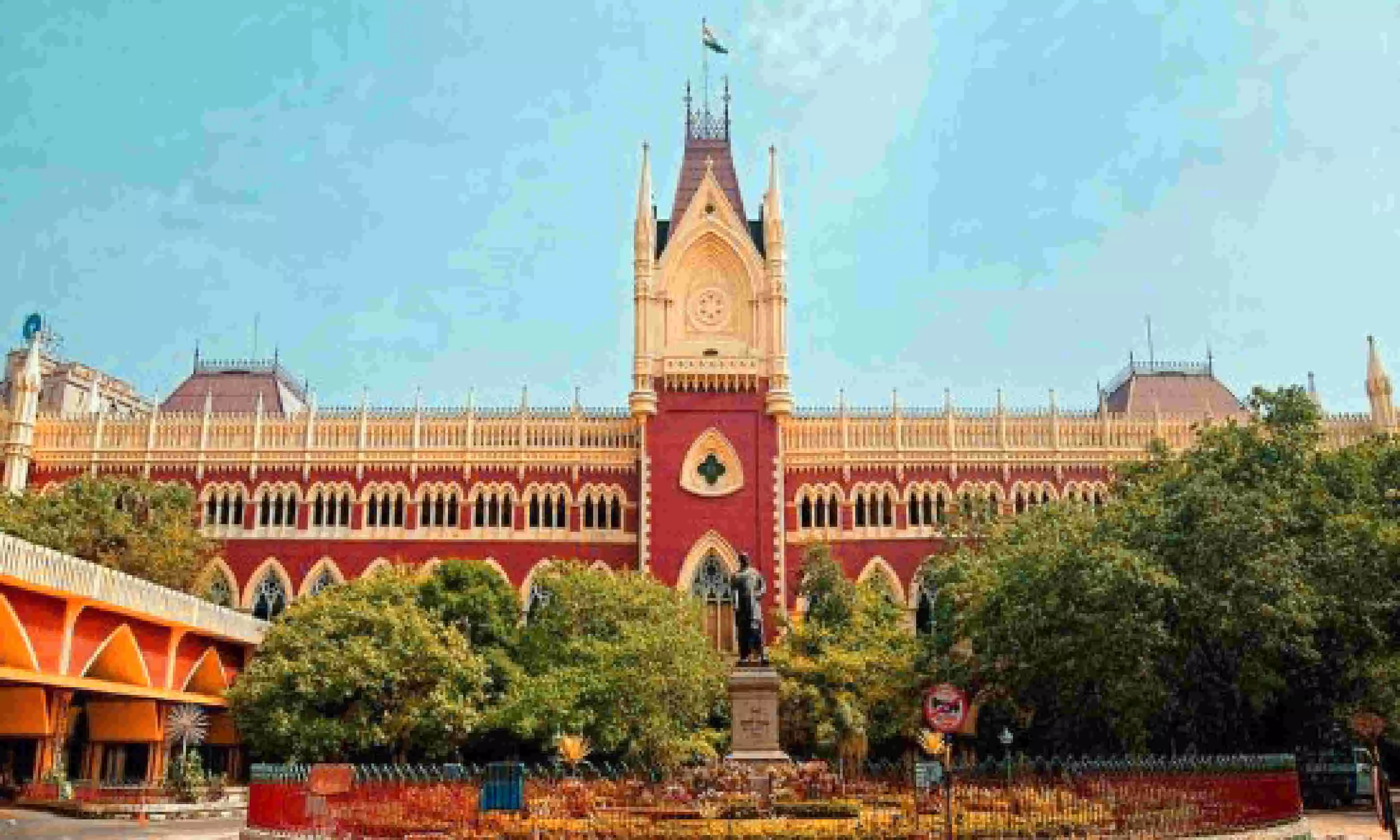
A Child Is Blessed With Trait Of Innocence: Calcutta HC Upholds Conviction Of 4 On Child's Testimony For Raping Her Mother
 |
|The Calcutta High Court recently upheld the conviction of 4 persons for raping a 24/26 years old illiterate married lady and a mother of two minors. The High Court found no fault with the conviction by the Trial Court based on the testimony of the minor daughter of the prosecutrix.
Commenting on the demeanour of the child witness, the Court noted "In whatever socio- economic condition it is, a child is always blessed with the trait of innocence. It is beyond her normal disposition, to manipulate to the extent of falsely put up allegations of an offence like rape. It is inconceivable and improbable also. There is no apparent reason why P.W.3 would depose falsely in Court."
The Division Bench of Justice Debangsu Basak and Justice Rai Chattopadhyay were dealing with a Criminal Appeal challenging the order passed by the Additional Sessions Judge for convicting 4 accused for an offence under Section 376D of the Indian Penal Code and sentencing them to suffer rigorous imprisonment for a term which shall not be less than 20 years.
In this matter, the Prosecutrix had been gang raped by the appellants. It was stated that on January 29, 2018, during the occasion of the immersion of the goddess Saraswati, in the village, the said accused at 2:00 a.m. in the midnight entered the house of the victim and raped her. She contended that Loud speakers were being played when the 4 accused entered her house and forcefully took her out from there to the place behind the house.
The Trial Court noted that the statements of both the victim and the minor daughter of the victim favour prosecution’s case and came to the finding about the prosecution’s success in proving the guilt of the accused persons, beyond the scope of all reasonable doubt and held the accused persons guilty, challenging which the convicts approached the High Court.
Appearing for the convicts, Amicus Curiae Angshuman Chakraborty contended that in view of inconsistencies, the evidence of the minor daughter of the prosecutrix, cannot be relied upon or given any credence. It was also argued that the trial Court has misjudged this aspect and unnecessarily given much leverage to the evidence of the prosecutrix and the minor daughter, only to reach an erroneous finding.
It was also further submitted that the prosecutrix restrained to disclose the names of the convicts, at the very first instance, before the doctor, examining her and that the vital witness like the mother/parents of the victim who, according to the victim are the first persons to know from her about the incident were not cited by the prosecution.
Appearing for the State, Public Prosecutor S.G. Mukherjee supported the order of the Trial Court and submitted that the evidence of the prosecutrix is unblemished, coherent and beyond the scope of any doubt which could jeopardise the prosecution’s case. It was also stated that there is no existence of any animosity between the parties and there would not have been any justifiable ground as to why the prosecutrix would come forward with a false and fabricated case.
After considering the submission, the High Court noted that the 8-year-old minor girl was present at the scene of the occurrence, she was initially sleeping but awakened due to the flurry of activity in the room, Upon scrutiny of her evidence, it was deposed by the girl that "when they were sleeping in the night, Sarker and Mantri had entered into their room; Sarker did ‘woeful work’ with her mother (Mar sathe baje kaj Korlo)". The High Court also observed that at this stage the Trial Court has recorded the demeanour of this child witness, that she started crying in the witness dock.
The High Court further observed that the prosecutrix may have a so-called ‘house’ to live in, though the manner the same has been constructed with mud walls and door made of slitted bamboo, her safety, security, privacy and modesty shall always be more dependent on the eschew of the intruders rather on the sufficiency of these protection gears.
Further, it was noted that it is of course worth attention as to what might have made this 8-year-old eyewitness, break into tears in the witness dock. "The spontaneity of voluntary and unforced reaction of P.W.3, in breaking down into tears, while deposing about the ordeal of the fateful night, suggests unfailingly to the truthfulness of the fact she has deposed. It is only due to the fact, that the scar of the turmoil has been deeply imprinted to her memory. The very feeling of fear, insecurity and helplessness has crippled her senses and while describing the state of affairs of that night, she relives those moments again," observed the Bench.
The High Court further held that the "Demeanour of the child as noted by the Court, would provide sufficient insight, for an experienced and sensitised fact finder, to unearth the truth. After all, the very purpose of examination of witness in trial, is for unveiling the truth of the matter. Demeanour noted of the child as above, is the character evidence to be used to establish that the same has rendered P.W.3 more prone to testify truthfully. Thus this Court is never in two minds for unhesitating commendation of the value or worth of evidence of this child eyewitness in due support or corroboration of the prosecutrix’s version."
Accordingly, the High Court upheld the findings of the Trial Court and its verdict of conviction of the appellants for an offence under Section 376D of the Indian Penal Code and dismissed the appeal.
Cause Title: Suku Hembram & Ors. v. The State of West Bengal